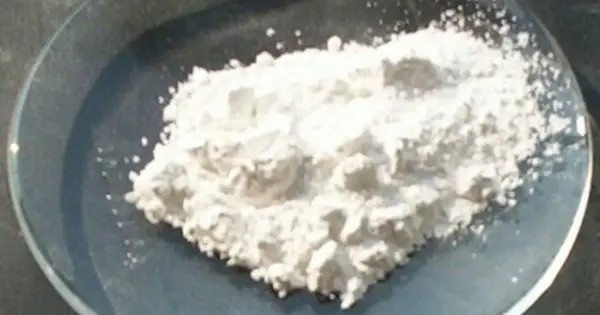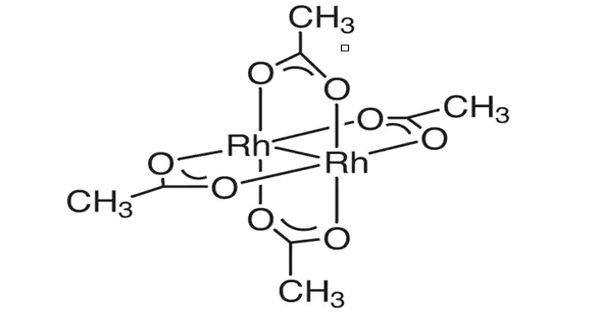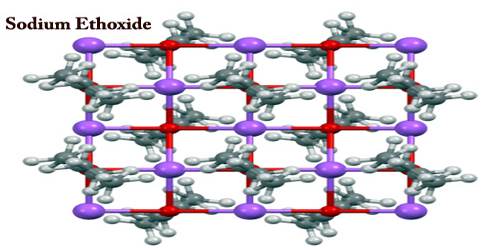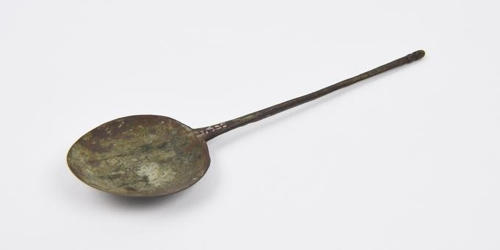Calcium hydroxychloride or calcium chloride hydroxide is an inorganic compound with the chemical formula Ca(OH)Cl. It is a white solid, typically used as a disinfectant, disinfecting agent, and bleaching agent due to its strong oxidizing properties. It is often produced by reacting calcium hydroxide with chlorine, leading to the formation of the compound.
It consists of calcium cations (Ca2+) and chloride (Cl−) and hydroxide (−OH) anions. A white solid, it forms by the reaction of hydrogen chloride with calcium hydroxide According to X-ray crystallography, it adopts a layered structure related to brucite (magnesium hydroxide, Mg(OH)2).
Calcium hydroxychloride is sometimes confused with calcium hypochlorite. Calcium hydroxychloride is a double salt, which consists of calcium cations Ca2+ and two kinds of anions, chloride Cl− and hydroxide −OH, while calcium hypochlorite consists of calcium cations Ca2+ and only one kind of anions, hypochlorite −OCl.
Properties
- Chemical formula: Ca(OH)Cl
- Molar mass: 92.54 g·mol−1
- Appearance: white solid
- Density: 2.4 g/cm3
- Solubility: It is slightly soluble in water, forming an alkaline solution.
- Reactivity: It reacts with acids to form calcium salts and water.
- pH: The solution of calcium hydroxychloride in water is alkaline (basic), typically having a pH of around 12-13.
- Stability: It is somewhat unstable and may decompose under certain conditions, especially in the presence of acids or extreme environmental conditions.
Industrial Processes
It can form during certain industrial processes, especially in environments where calcium hydroxide and calcium chloride are both present. In water treatment, calcium hydroxychloride can sometimes be found as a byproduct when using calcium chloride in combination with hydroxide compounds.
Natural Occurrence
This compound does not typically occur naturally in large quantities but may form under certain geological conditions or in places where calcium-bearing minerals and chloride sources (like salt deposits) interact with water. In some cases, it could be found in areas where calcium carbonate (limestone) reacts with hydrochloric acid.
Applications
- Water Treatment: It is used in water purification and disinfection processes, as it helps eliminate bacteria, viruses, and other pathogens.
- Bleaching: The compound has bleaching properties and is used in the textile and paper industries.
- Antiseptic: Due to its oxidizing nature, it is sometimes used as a disinfectant for surfaces and in some industrial applications.
Handling and Safety
Like many chlorine-based compounds, calcium hydroxychloride can be reactive and should be handled carefully. It can release toxic chlorine gas under certain conditions, so proper safety precautions must be taken.
















